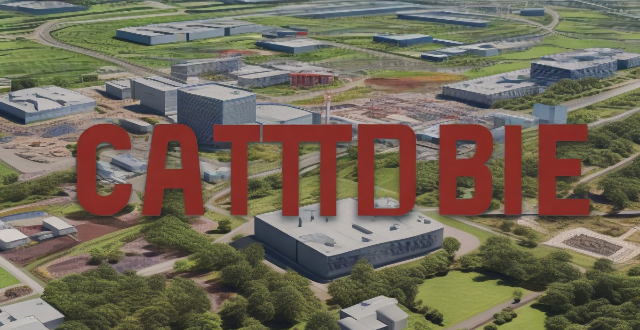Carbon capture technology is a crucial tool in the fight against climate change. However, the current state of this technology is not yet efficient or cost-effective enough to be widely adopted. To improve carbon capture technology, we need to enhance efficiency and reduce costs through advancements in material science, optimization of processes, integration with other technologies, direct air capture, economies of scale, government incentives, private investment, improved maintenance and operation, and continuous research and development. With these efforts, we can make carbon capture technology accessible and practical for widespread use in the fight against climate change.

Improving Carbon Capture Technology
Carbon capture technology is a crucial tool in the fight against climate change. However, the current state of this technology is not yet efficient or cost-effective enough to be widely adopted. Here are some ways we can improve carbon capture technology:
Enhancing Efficiency
1. Advancements in Material Science: Researchers are constantly looking for new materials that can absorb more CO2 per unit volume or weight. These materials should also be able to release the captured CO2 easily for storage or further use.
2. Optimization of Processes: The processes involved in capturing and storing CO2 need to be optimized for maximum efficiency. This includes reducing energy consumption and increasing the speed of the process.
3. Integration with Other Technologies: Combining carbon capture technology with other technologies, such as renewable energy sources, can increase its overall efficiency. For example, using excess electricity from wind or solar power to run carbon capture equipment.
4. Direct Air Capture: This method involves capturing CO2 directly from the atmosphere rather than from industrial emissions. While still in its early stages, advancements in this field could greatly increase the efficiency of carbon capture.
Reducing Cost
1. Economies of Scale: As with any technology, the more it is produced, the cheaper it becomes. Scaling up carbon capture projects could lead to significant cost reductions.
2. Government Incentives: Governments can provide financial incentives for companies to invest in carbon capture technology. This could include tax breaks, subsidies, or even mandatory cap-and-trade systems where companies are required to reduce their emissions or purchase credits from those who do.
3. Private Investment: Encouraging private investment in carbon capture technology can also help reduce costs. This could come in the form of venture capital funding for startups working on innovative solutions, or partnerships between established companies and research institutions.
4. Improved Maintenance and Operation: By improving maintenance and operation procedures, the lifespan of the equipment can be extended, reducing replacement costs. Additionally, proper maintenance ensures that the equipment operates at peak efficiency, reducing operational costs.
5. Research and Development: Continuous research and development is essential for finding new ways to reduce the cost of carbon capture technology. This includes not only the physical equipment but also the software and algorithms used to control and optimize the process.
In conclusion, improving carbon capture technology requires a multi-pronged approach involving both enhancing efficiency and reducing cost. With continued research, innovation, and investment, we can make this vital technology accessible and practical for widespread use in the fight against climate change.